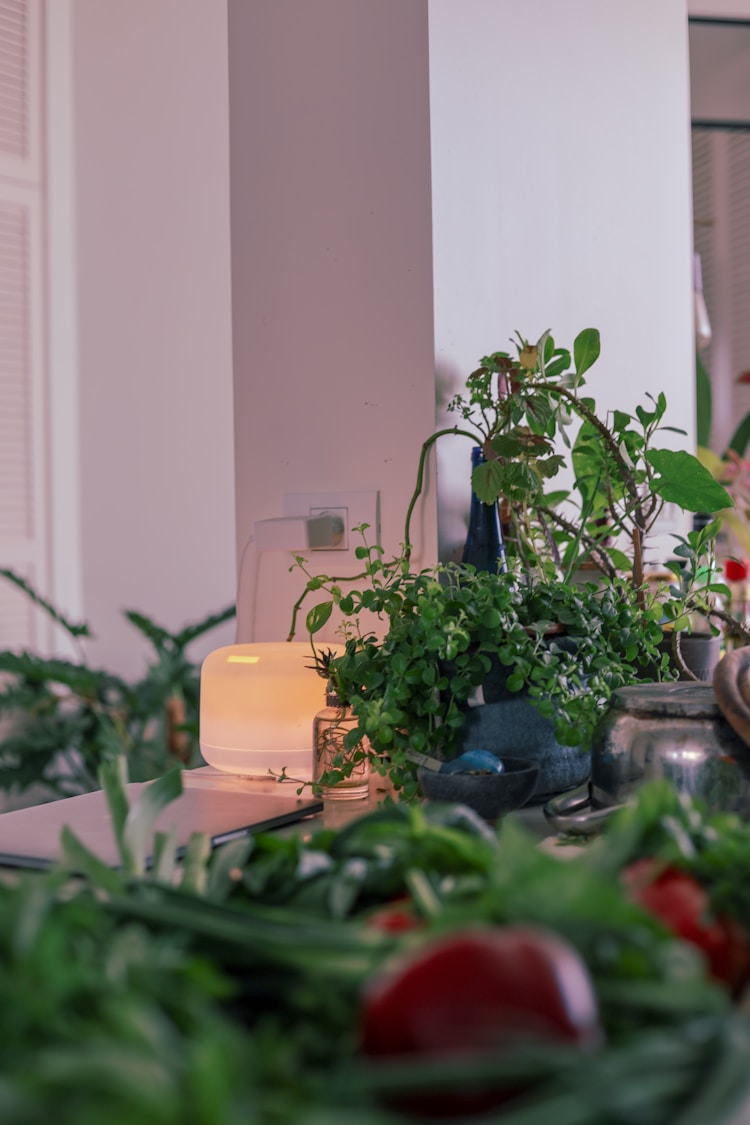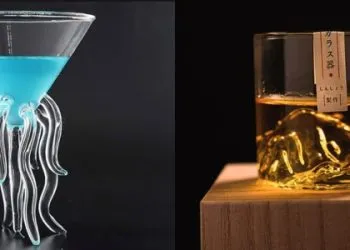The use of air purifiers for improving the indoor air quality has been increasing over the years. With the ambient air pollution showing no signs of receding, the use of air purifiers is only expected to increase in the coming years. 21 of the 30 most polluted cities in the world are now in India. The plains of northern India are especially affected by the perils of air pollution.
Common people to insulate themselves from the dangers of air pollution have started taking precautionary measures. The installation of air purifiers inside the home is one of the many steps. Notwithstanding its popularity, a large percentage of the population is still unsure about its efficacy. The big question remains “Do Air purifiers really work”? In the description below, this question has been addressed with clarity.
How an Air Purifier Works?
Before arriving at a decision regarding the effectiveness of an air purifier, it is wise to know its working. Air purifiers are supposed to remove all kinds of pollutants (PM 2.5,10, mould, fungus, dander, VOCs (Volatile Organic compounds), etc.) depending upon the underlying filtration technology it removes a particular set of pollutants.
Air purifiers consist of a set of filters with a fan that sucks in and circulates air inside the enclosed spaces. As the air moves through the filter, particles and pollutants are captured and the clean sanitized air is pushed back inside the enclosed space. Generally, the filters are made up of fibre (fibre glass), paper, mesh or mesh and require replacement to maintain optimal efficiency. It means besides the initial cost one should also take into account the operational cost.
What pollutants can an air purifier filter out and does it work?
Most of the filters in the market are made to remove particulate matter and allergens like pollen and dander. Very few air purifiers in the market have the capability to remove VOCs (Volatile Organic compounds) one of the chief factors for stale air. Air purifiers equipped with an activated carbon filter can also get rid of VOCs. Taking this into consideration, EPA (Environmental Protection Agency) recommends the frequent replacement of filters for optimum functionality.
The standard time period should be approximately 3 months or so. While many air purifiers are good at removing particulate matters it does nothing about toxic gases. This leaves the impression that the air purifiers do not work in restoring the freshness of the indoor air.Besides, the result of the air purifiers will never be the same as the lab-controlled condition which is generally around 99%. The effectiveness of an air purifier should only be gauged after taking these factors into consideration.
Can the Air Purifier filter the outdoor air?
Outdoor air although fresh contains a range of air pollutants including particulate matter. Sometimes non-organic air pollutants like VOCs can originate from a source outside the home. In a fire structure, a large dose of smoke inhalation can even lead to cyanide toxicity. It is imperative to have protection against these dangers.
Air purifiers equipped with an activated carbon filter acts as an adsorbent and remove smoke and VOCs from inside the enclosed space.An air purifier equipped with a combination of a True HEPA and carbon filter will perform most of the air purification task whether origination from inside or outside your house.
What they won’t work for?
Despite its enormous benefits, installing an air purifier won’t do all the tasks. Its operation might prove futile if you don’t take other steps to clean the indoor air. Generally, air purifiers remove only the pollutants in the air. However, it does not help if the particles rest on the surfaces inside your home. One can assist in the creation of cleaner indoor air (besides installing an air purifier) by doing the following-
- Cleaning the rug, fabric furniture and carpet frequently. At a minimum, these should be swept weekly preferably with a HEPA filter vacuum.
- In case of severe allergies replace the carpeting with vinyl or hardwood flooring.
- Wash the bedding once a week in hot water.
- Bath your pet often. Avoid sleeping with your pets.
- Create a no-smoking zone
- Resort to non-toxic cleaning products. Ensure proper ventilation
- Change HVAC air filter every 30 to 90 days.
Conclusion-
From the above points, one can conclude that air purifiers do work in removing the pollutants inside your home. However, keep in mind that it is not a magic wand. Consistent effort is requiringto ensureclean and healthy air.










